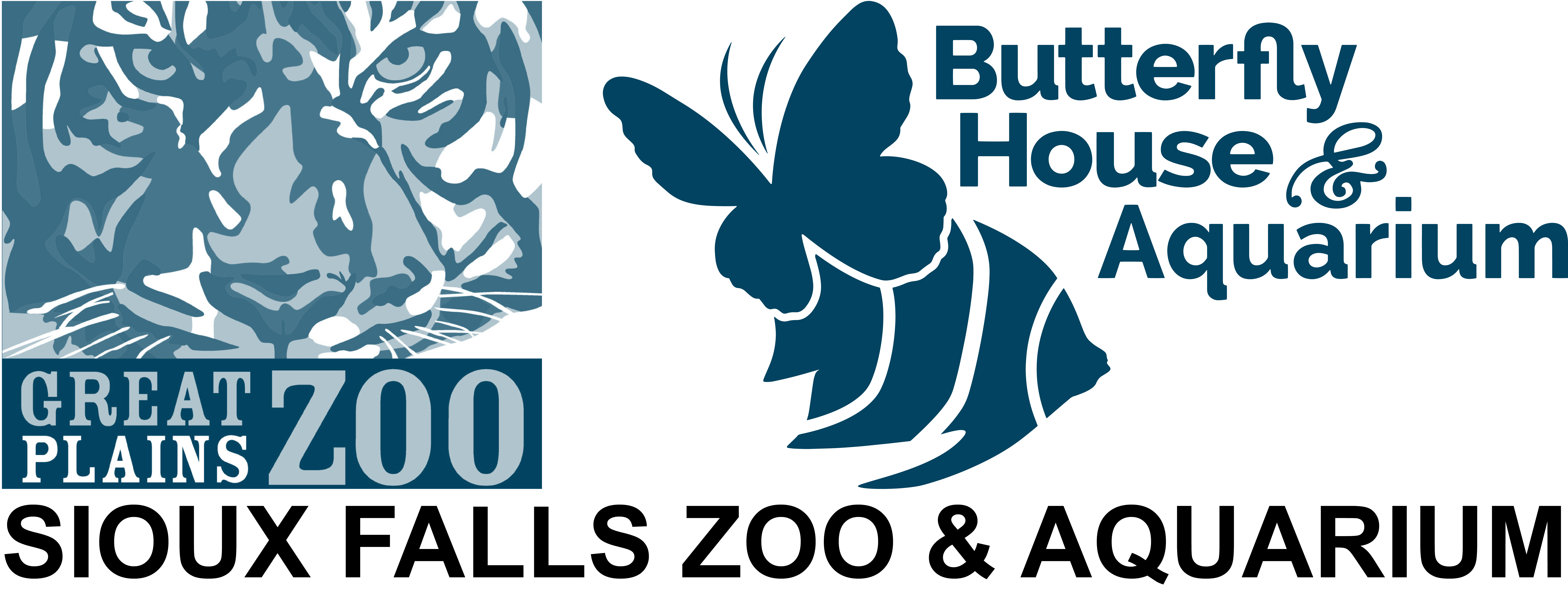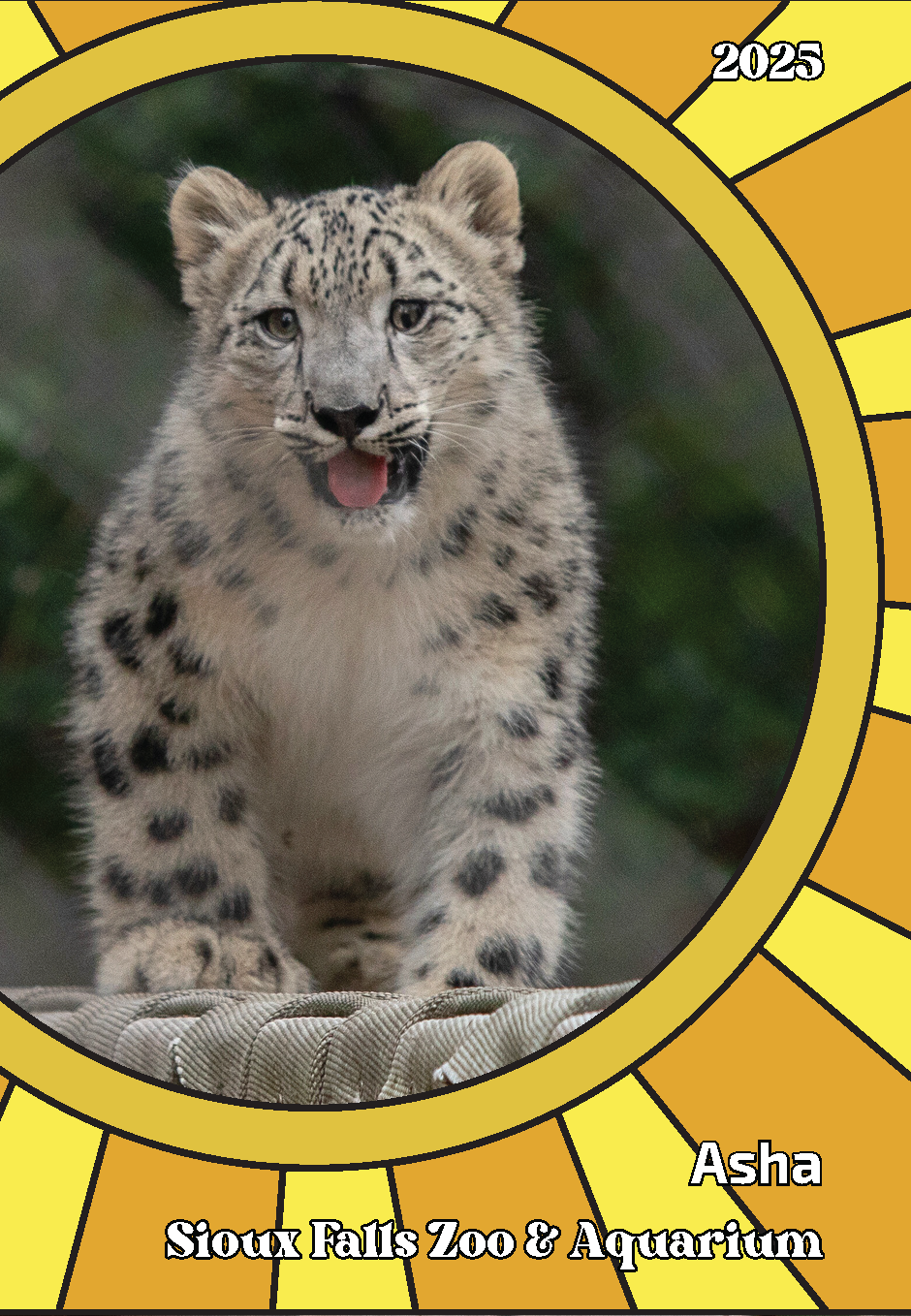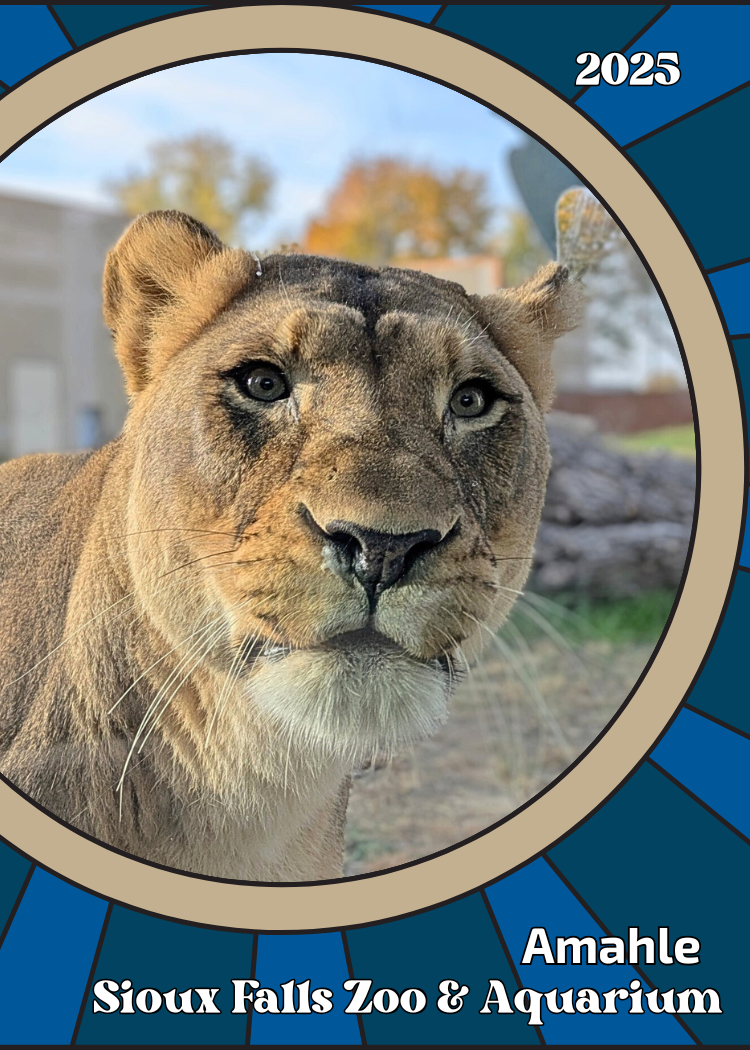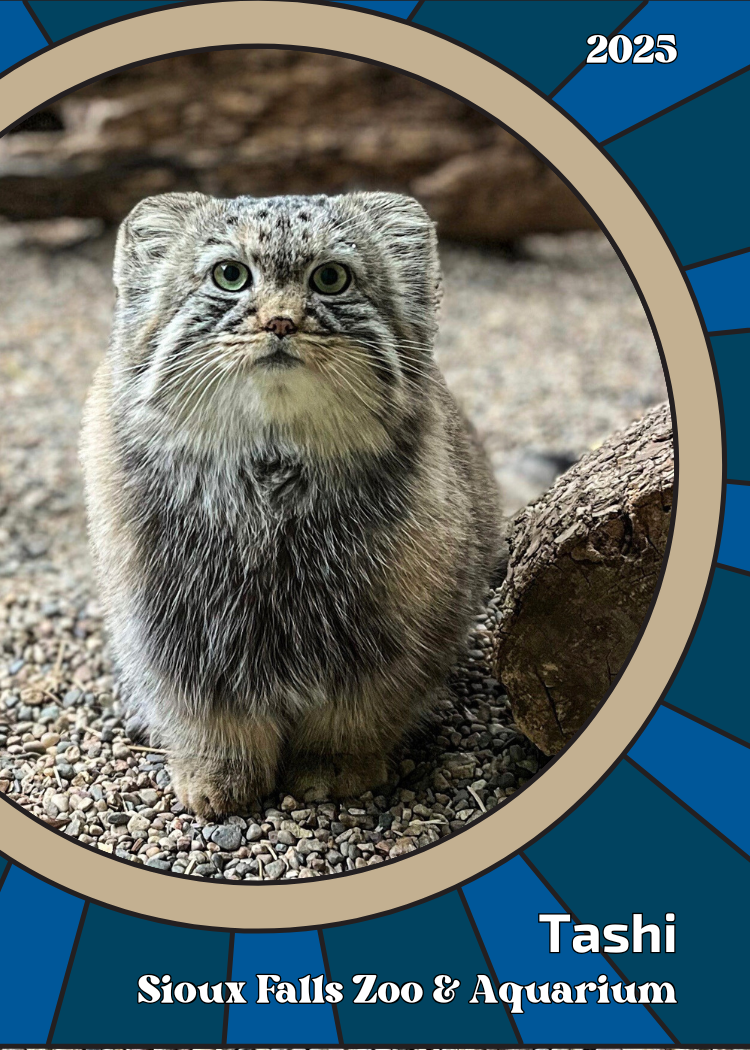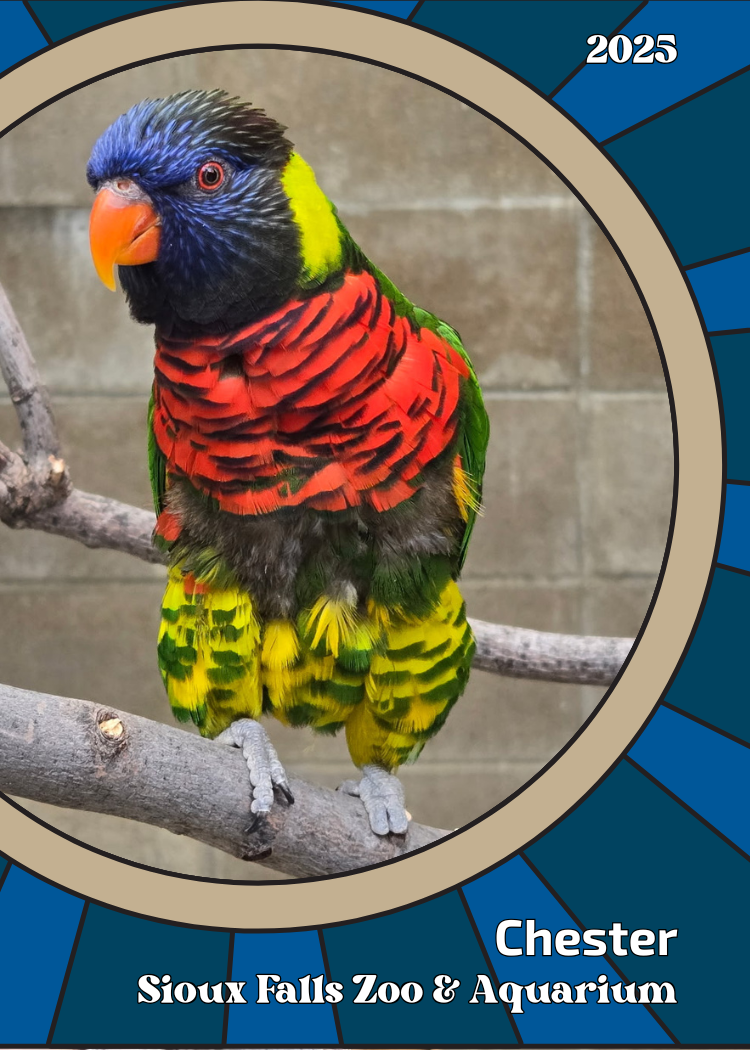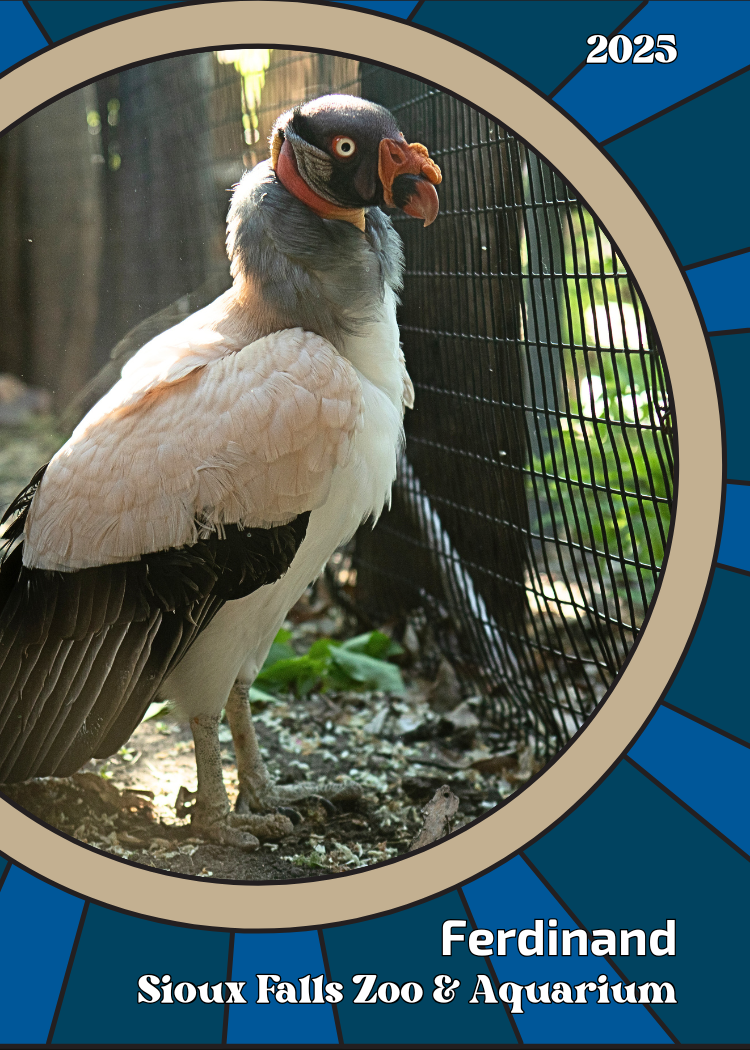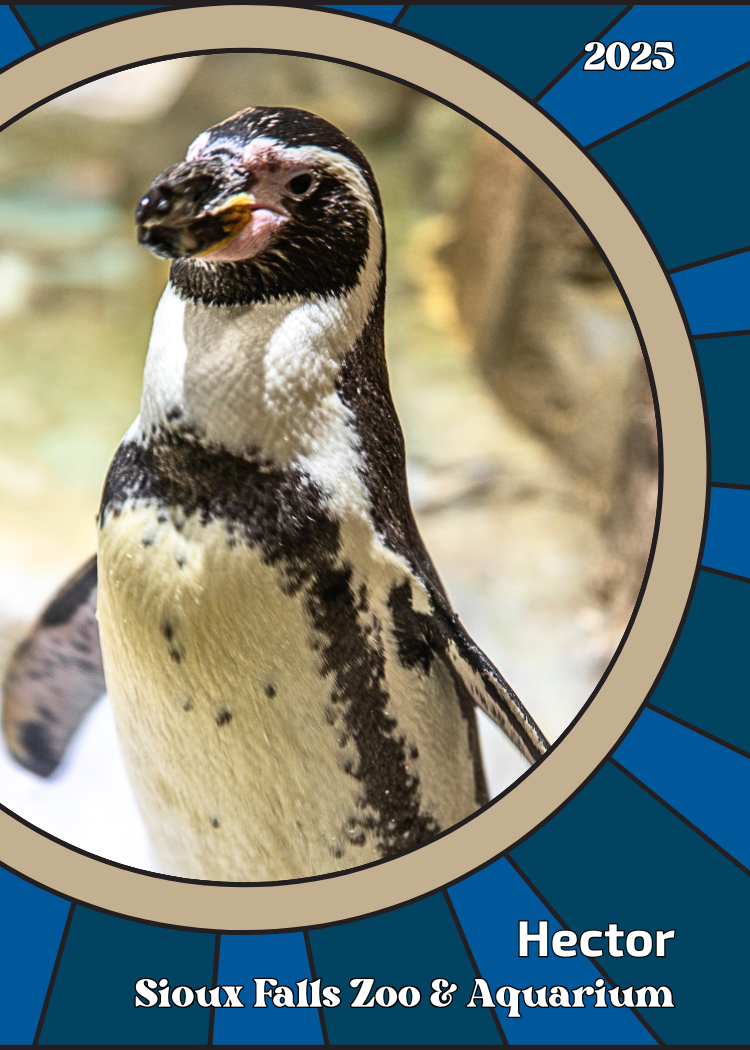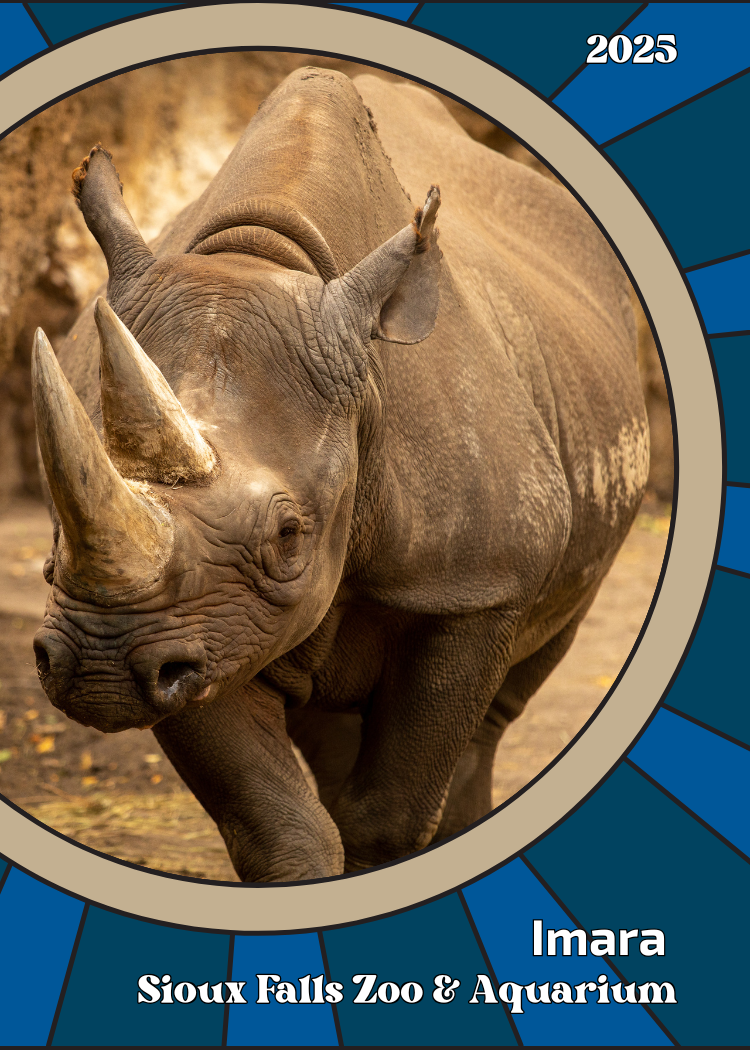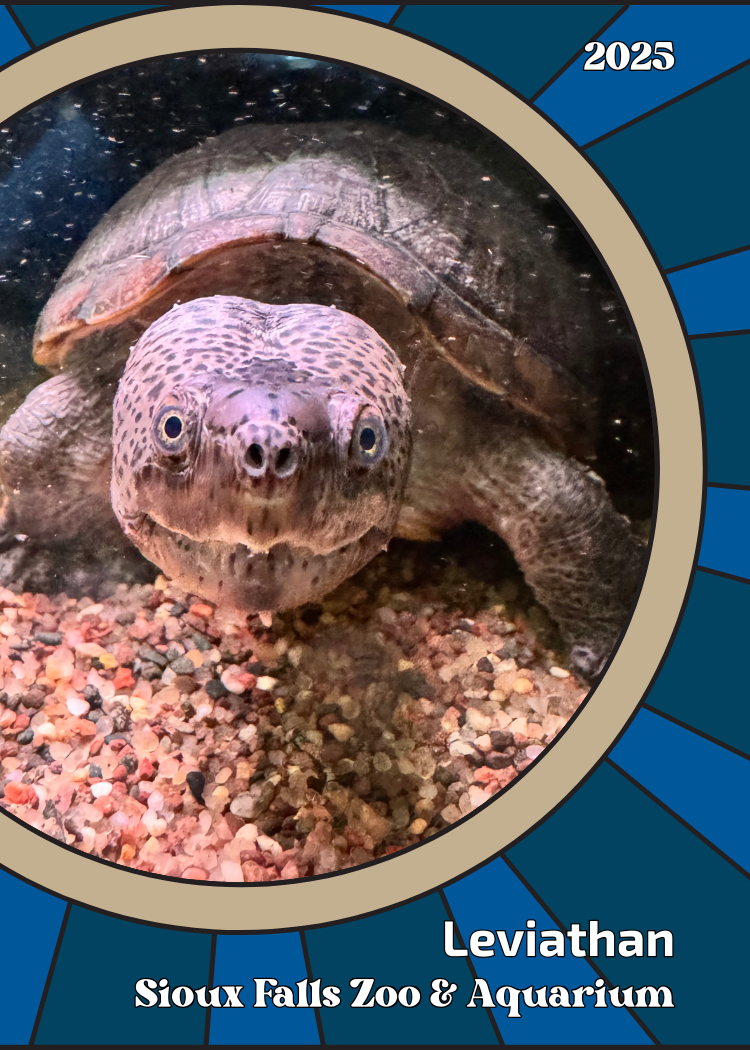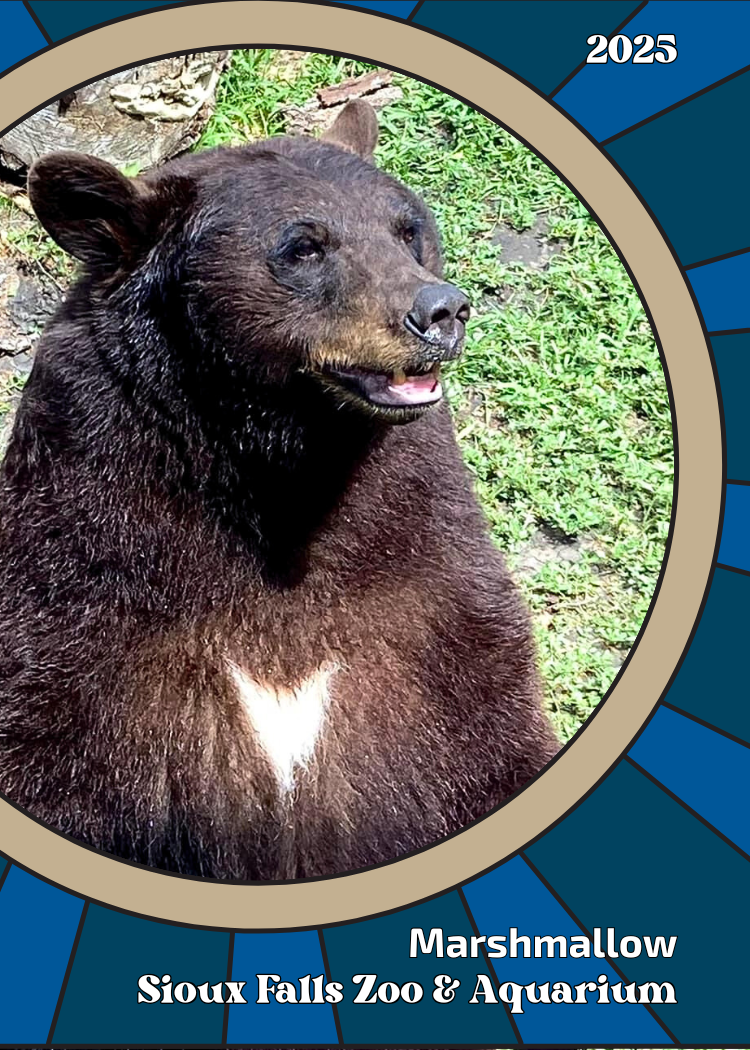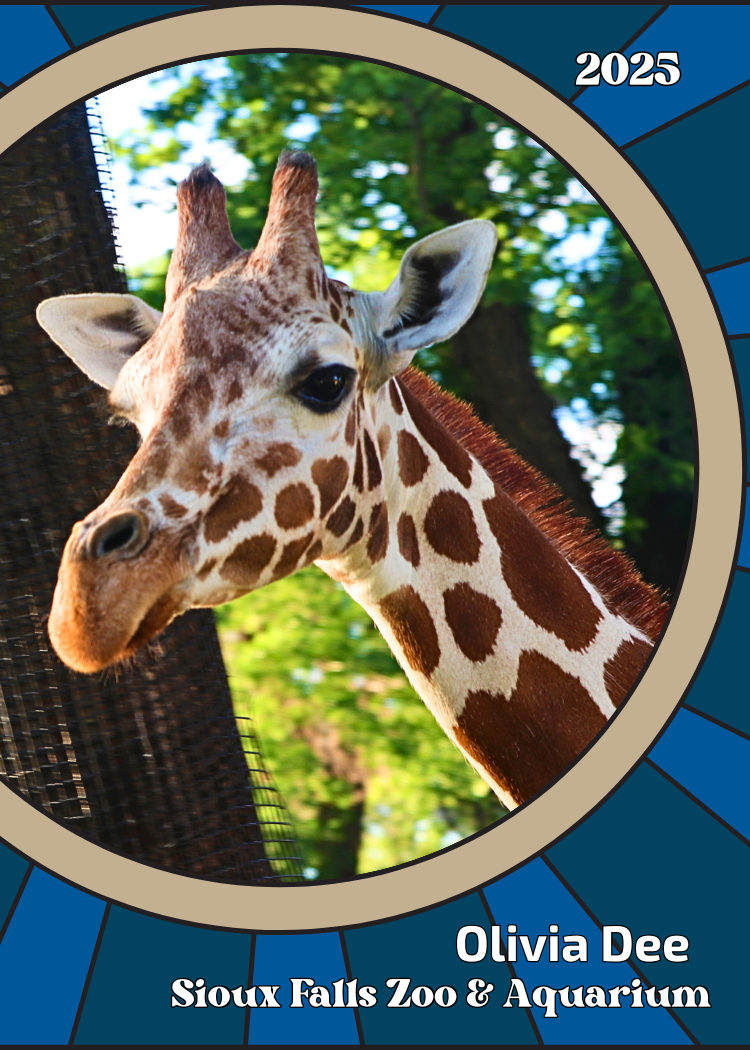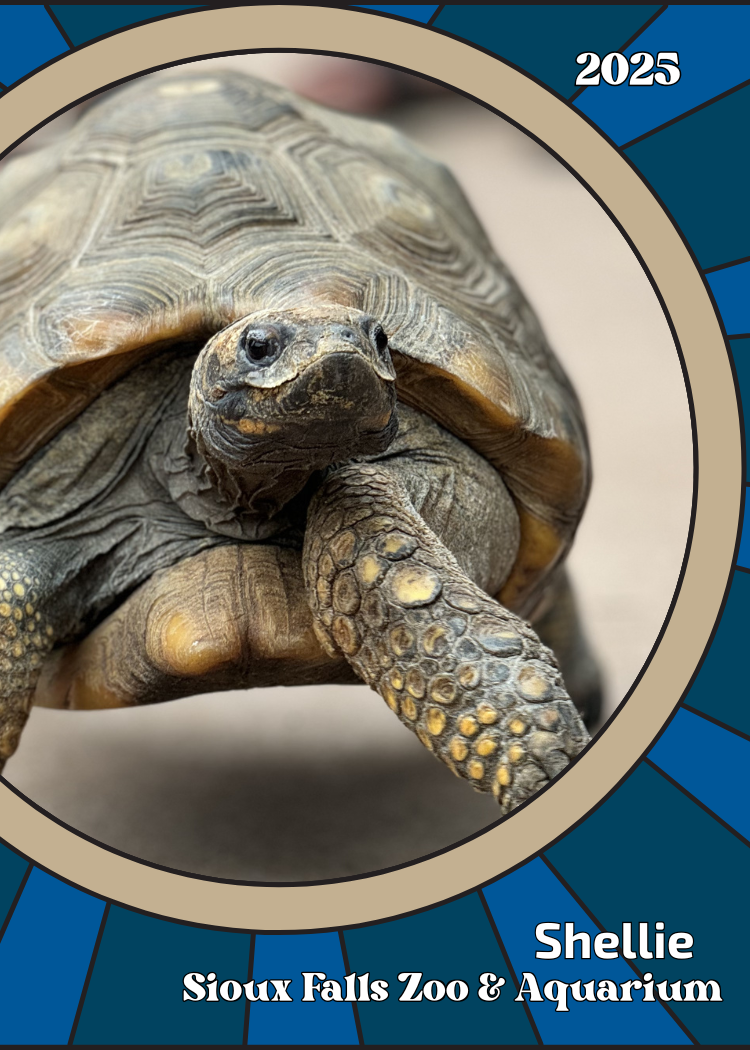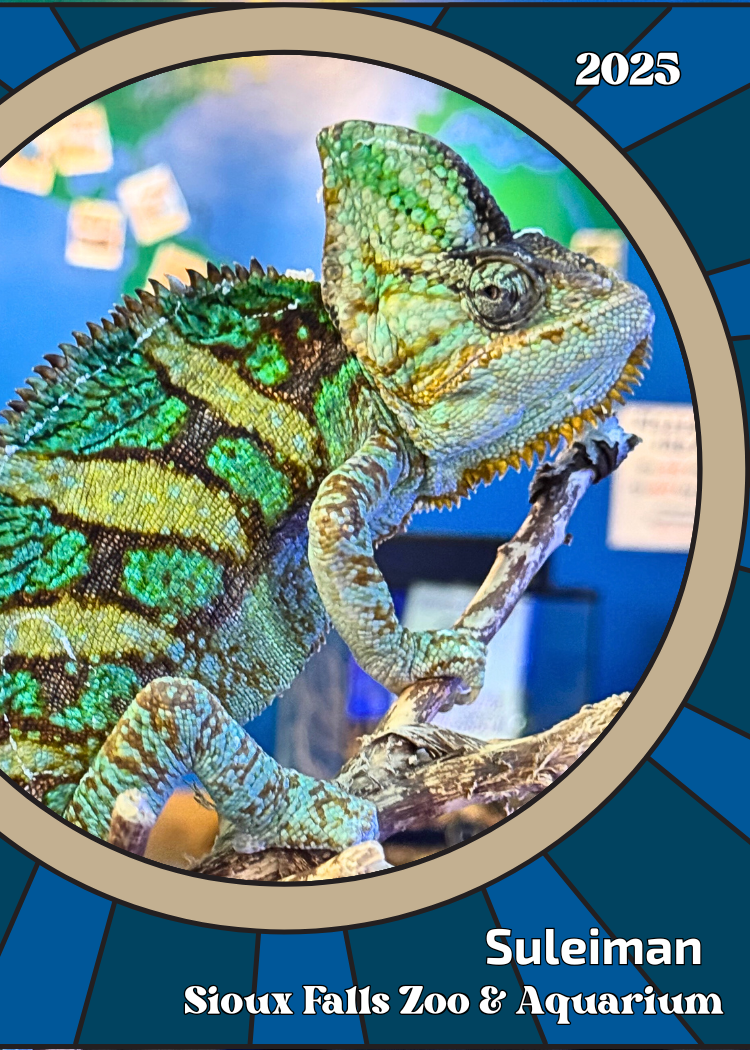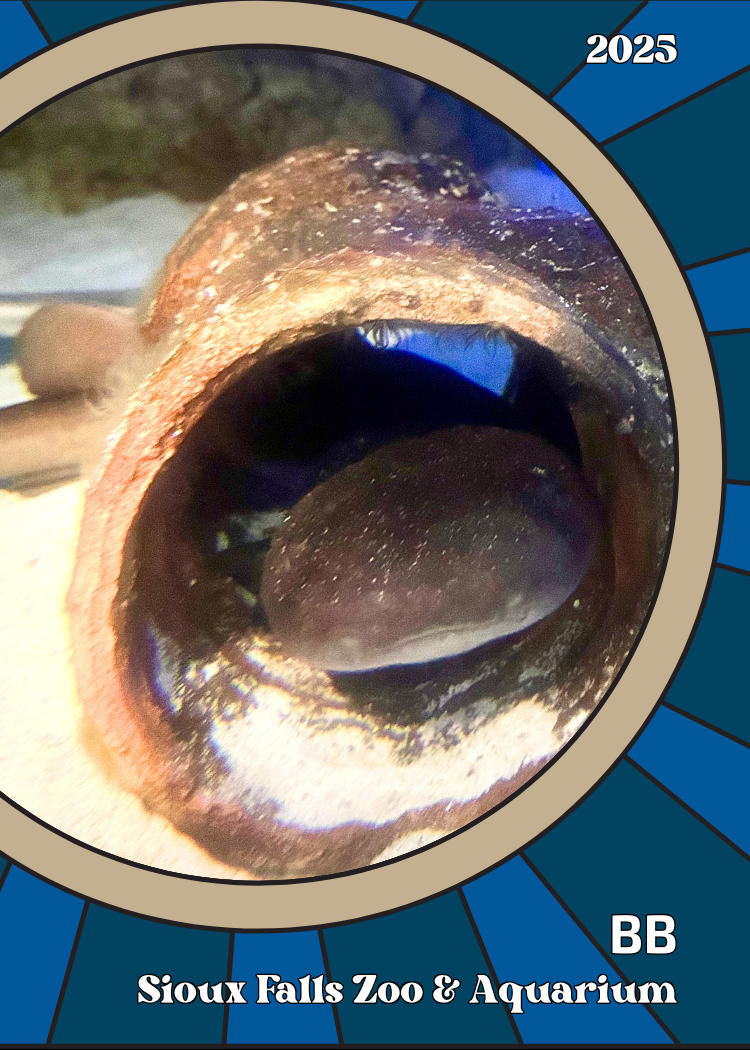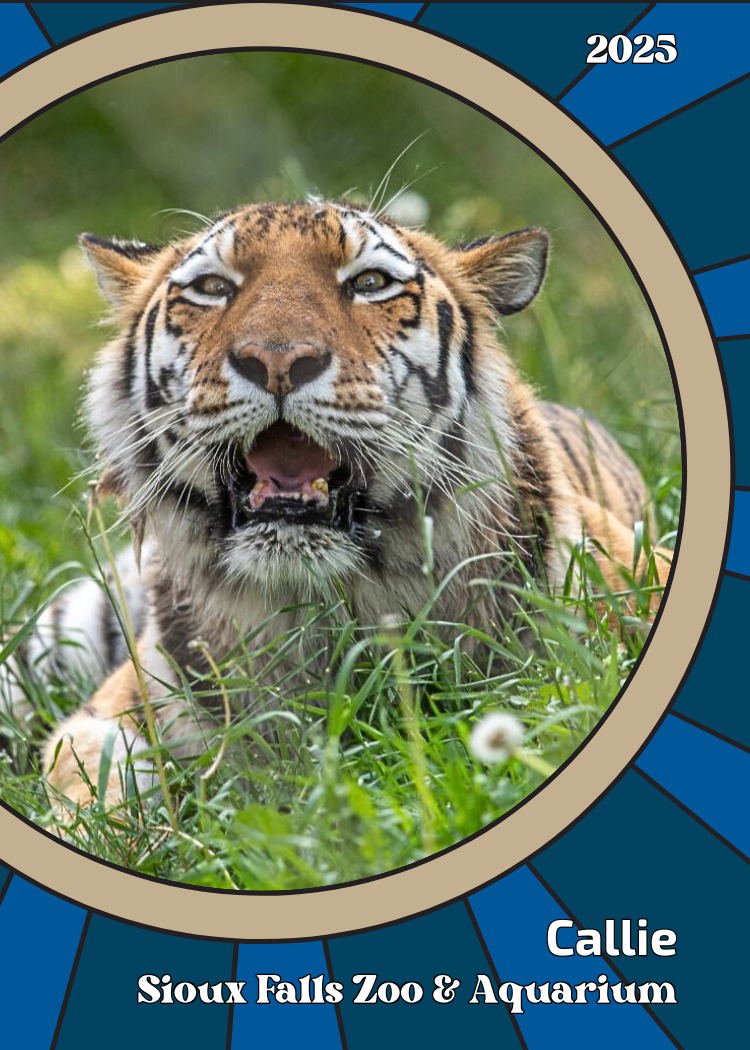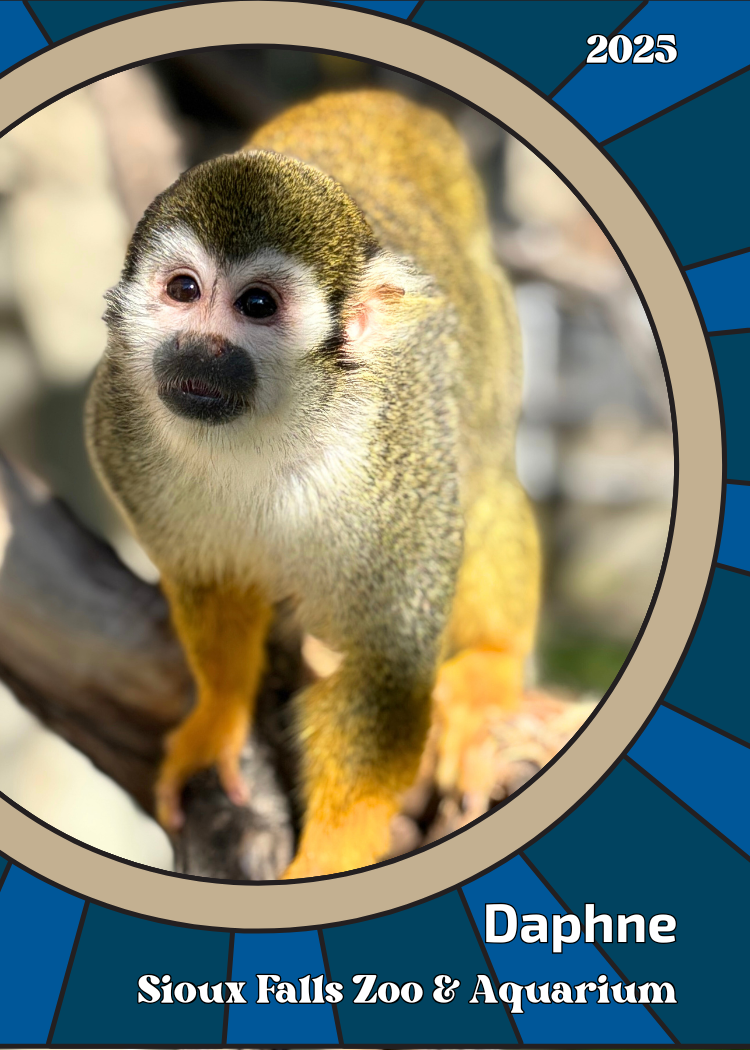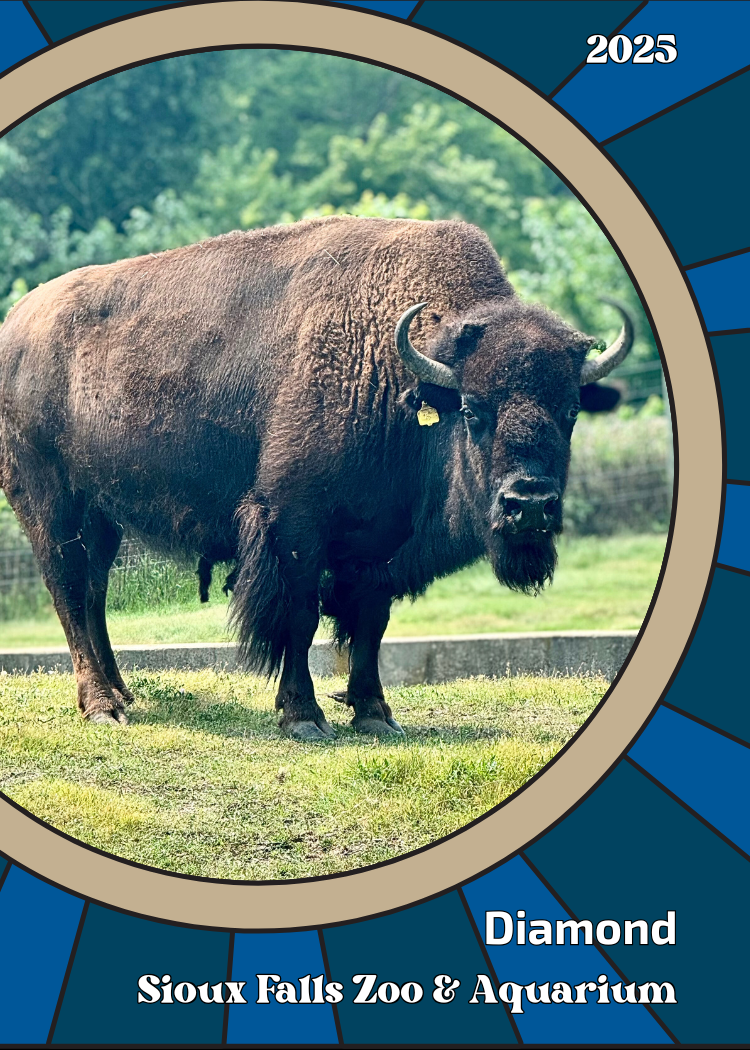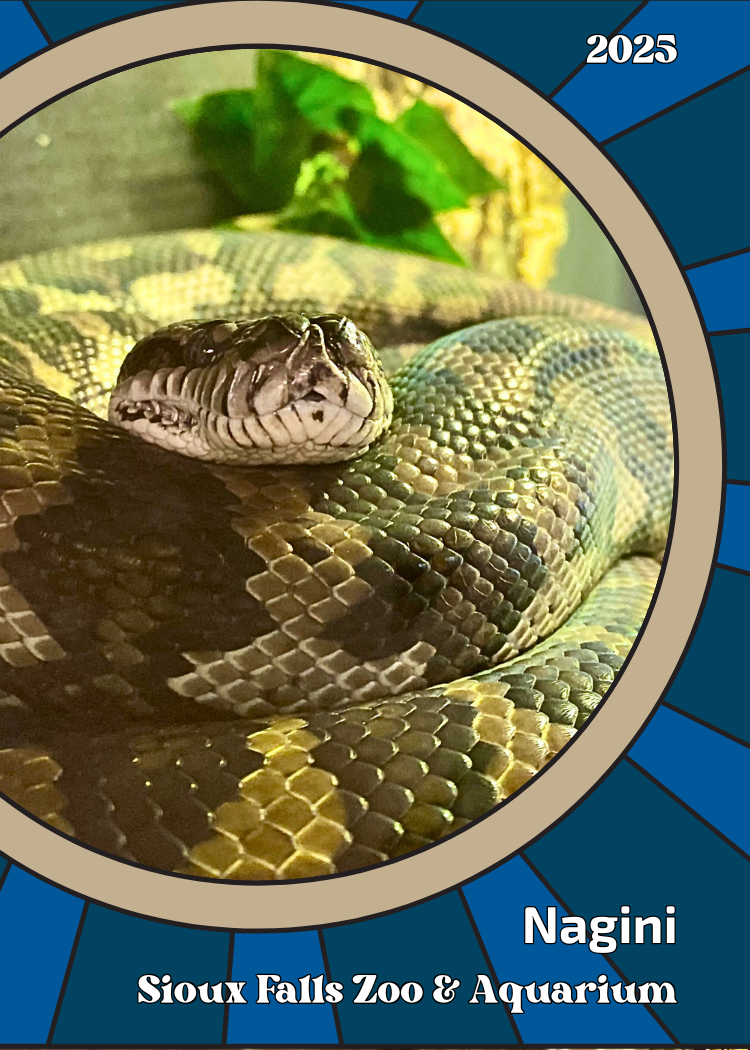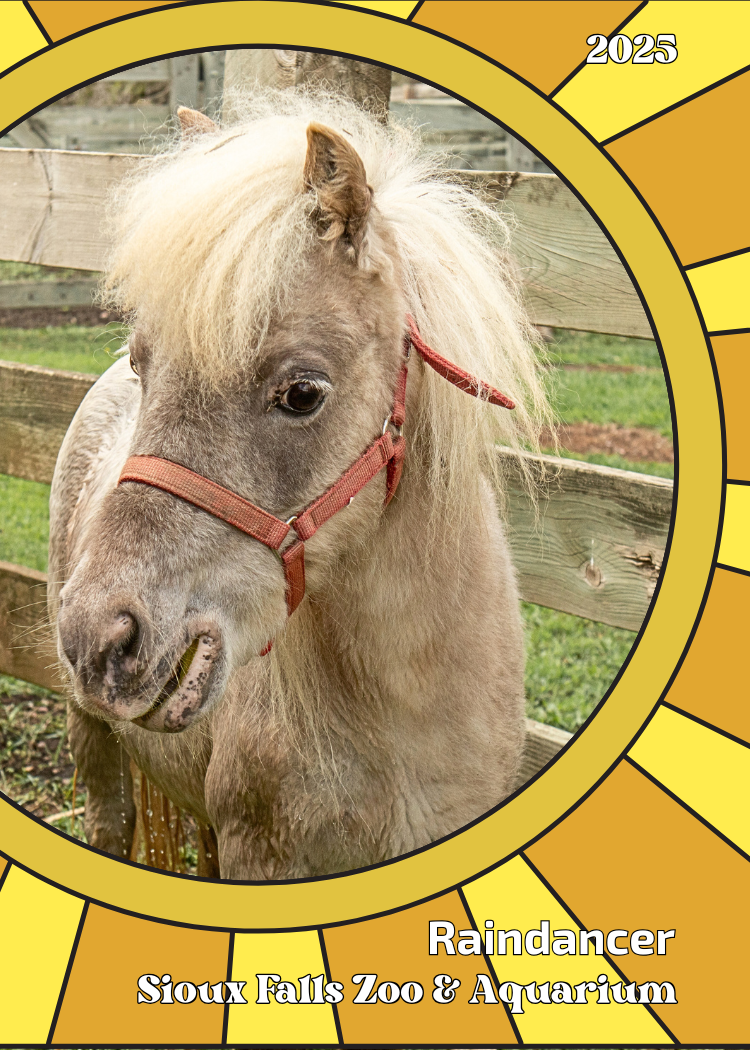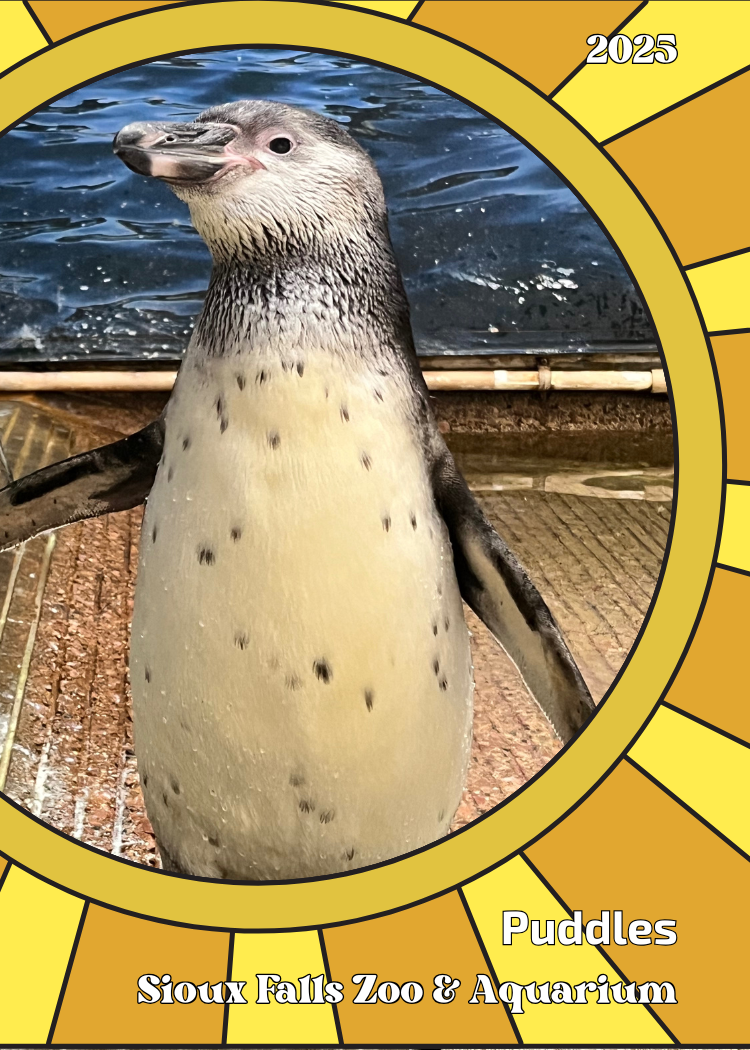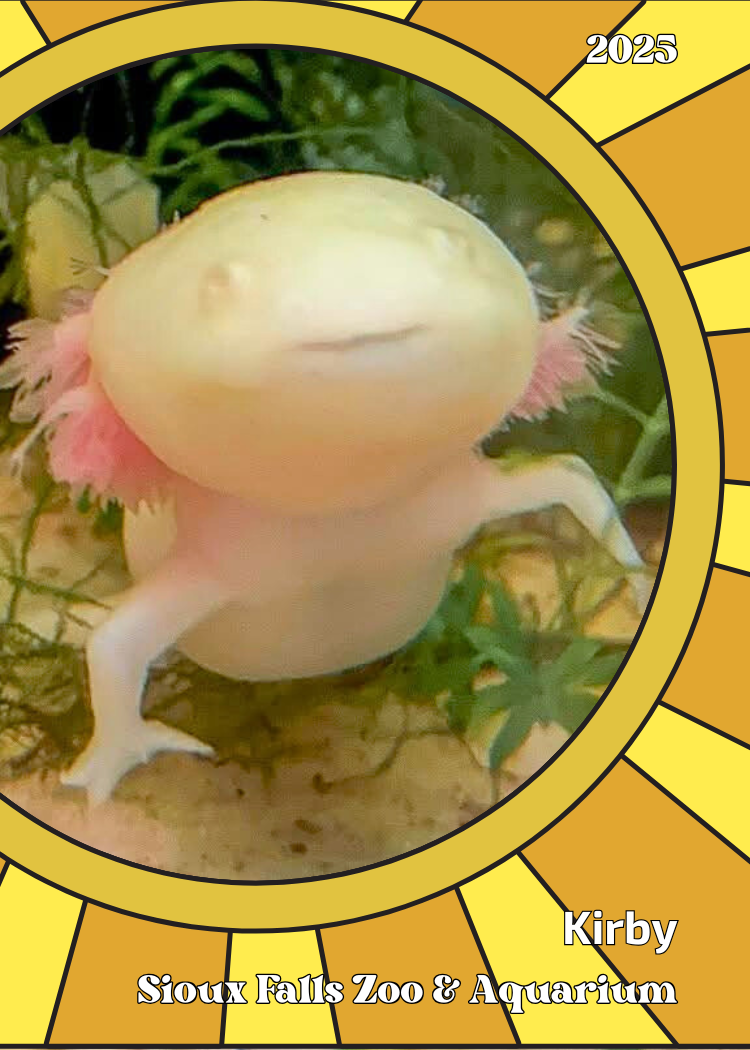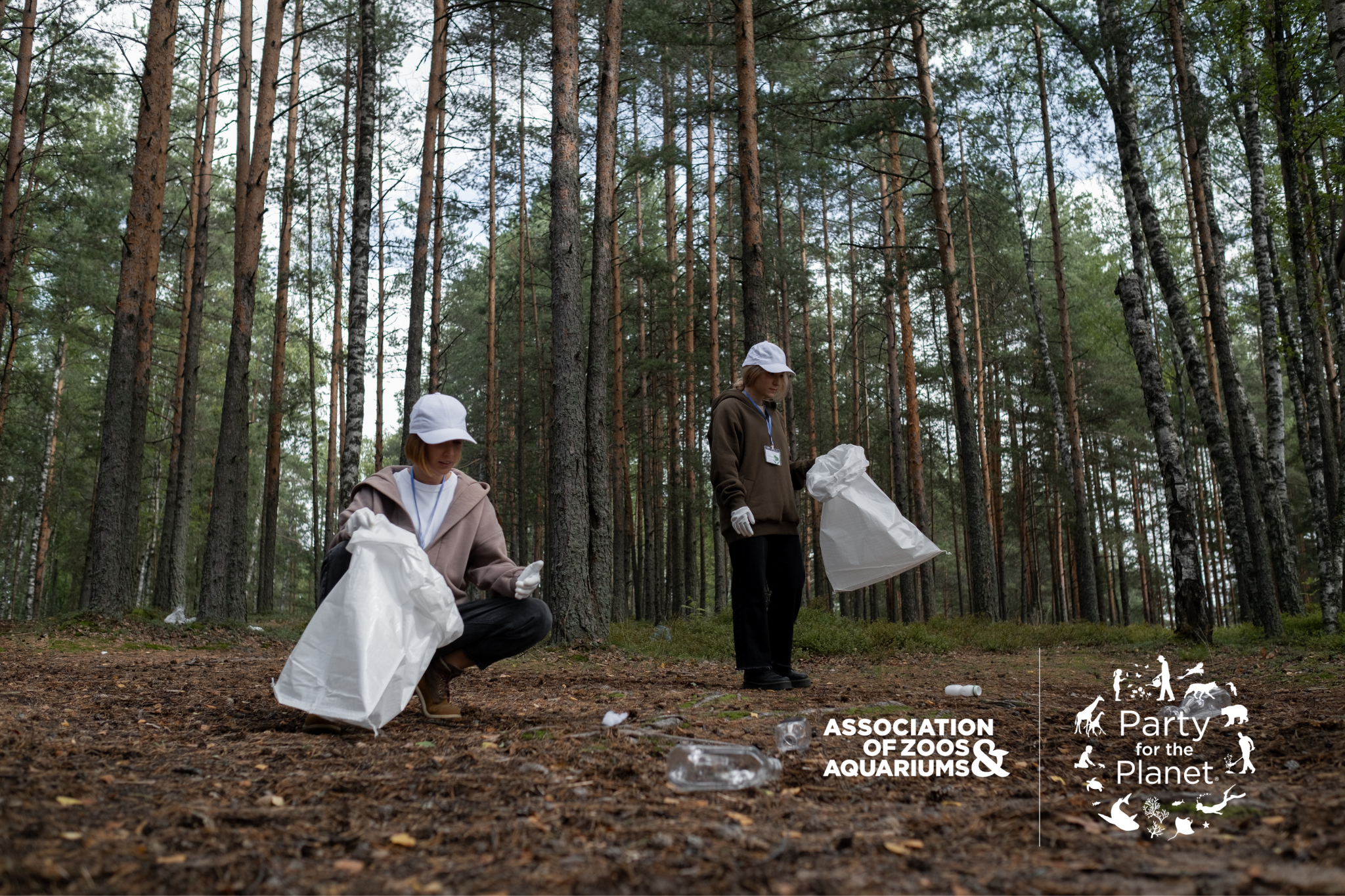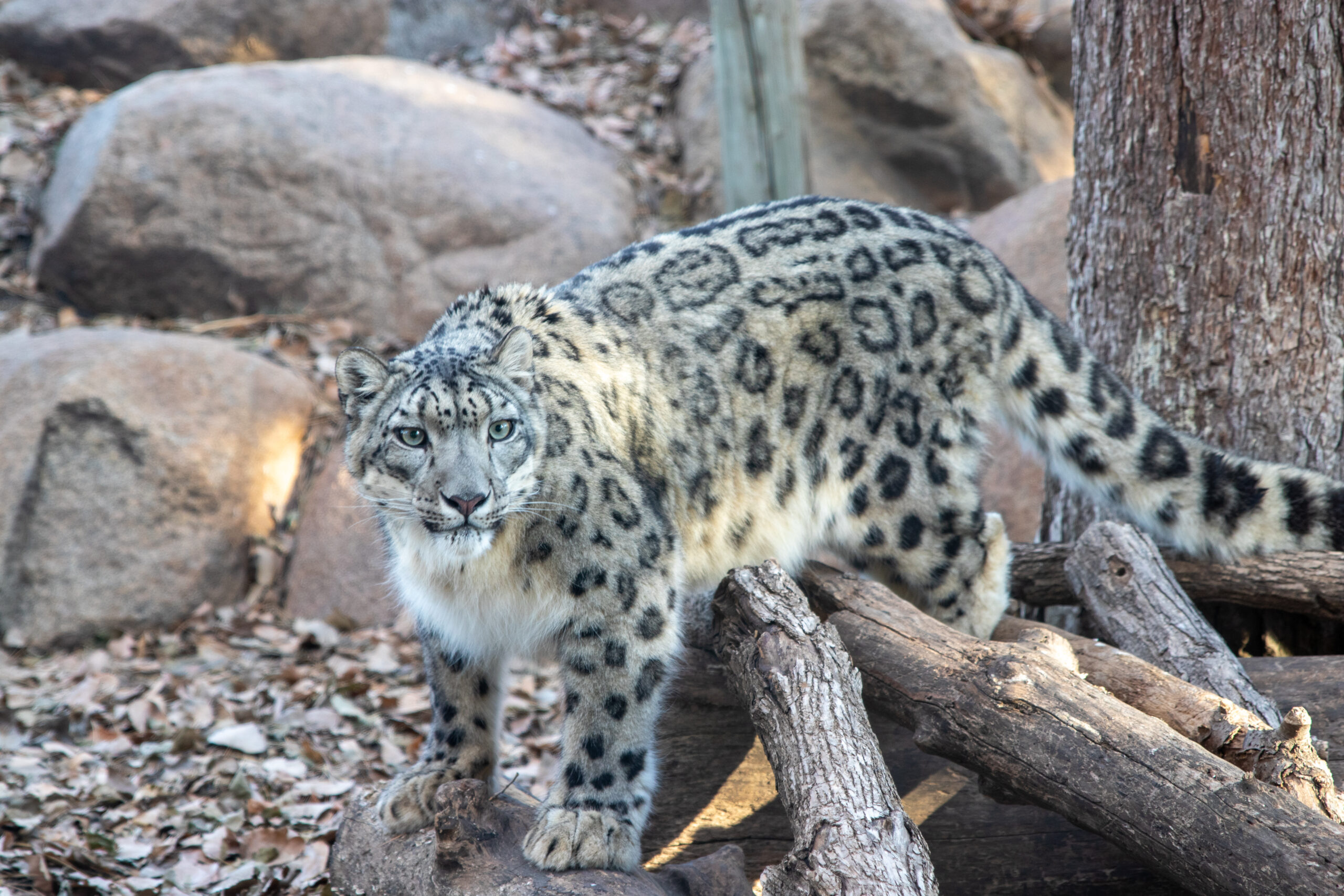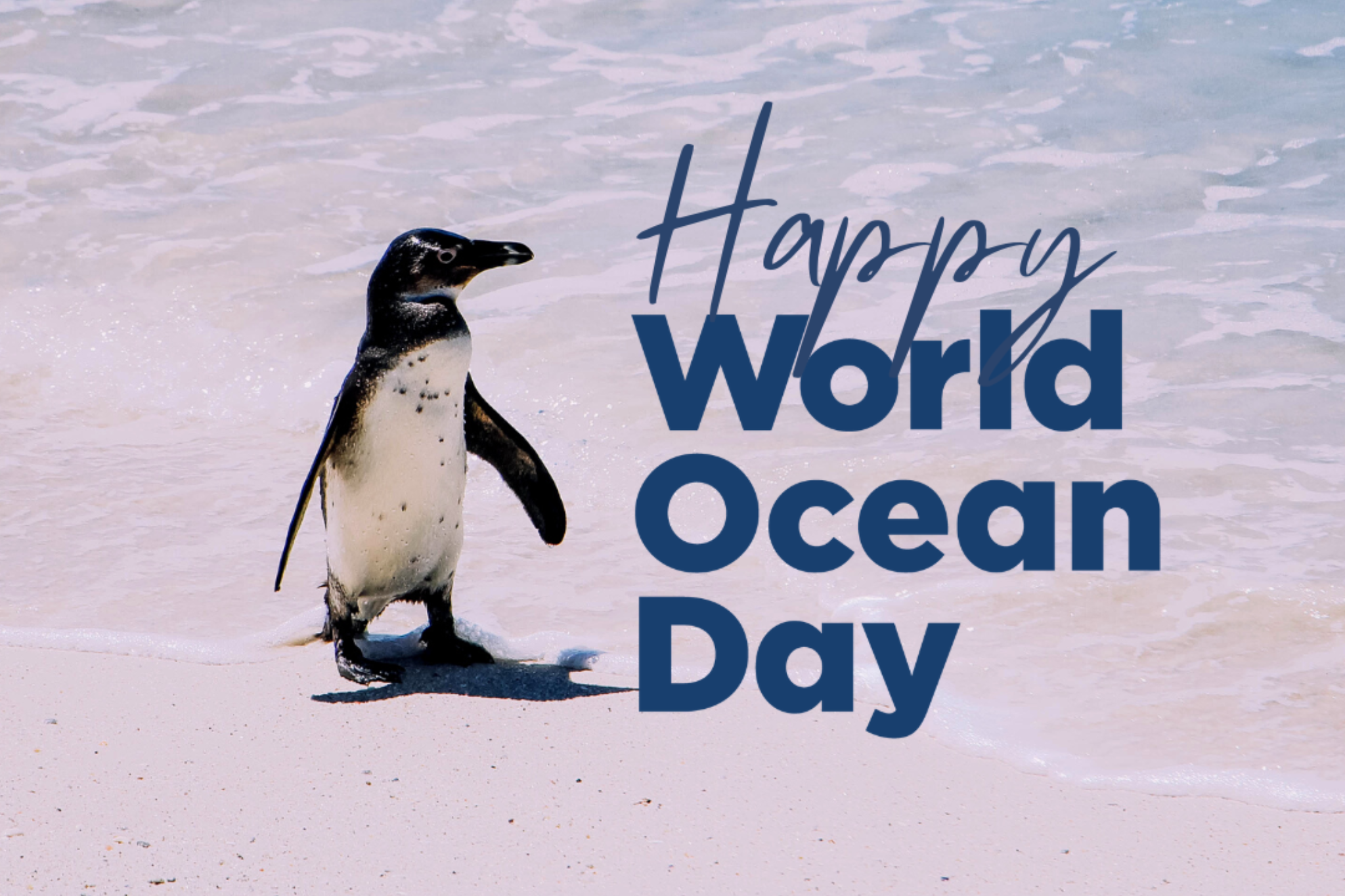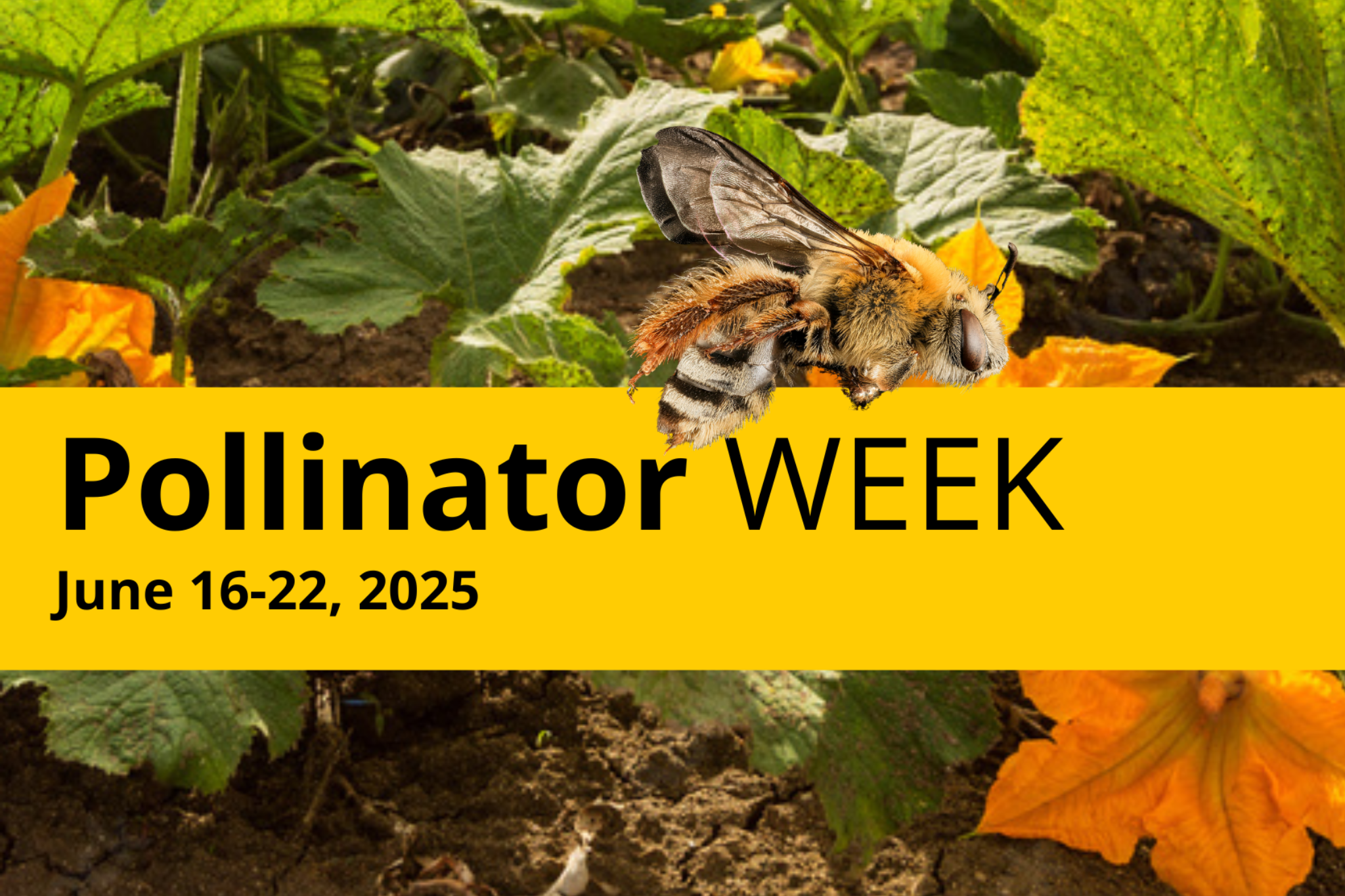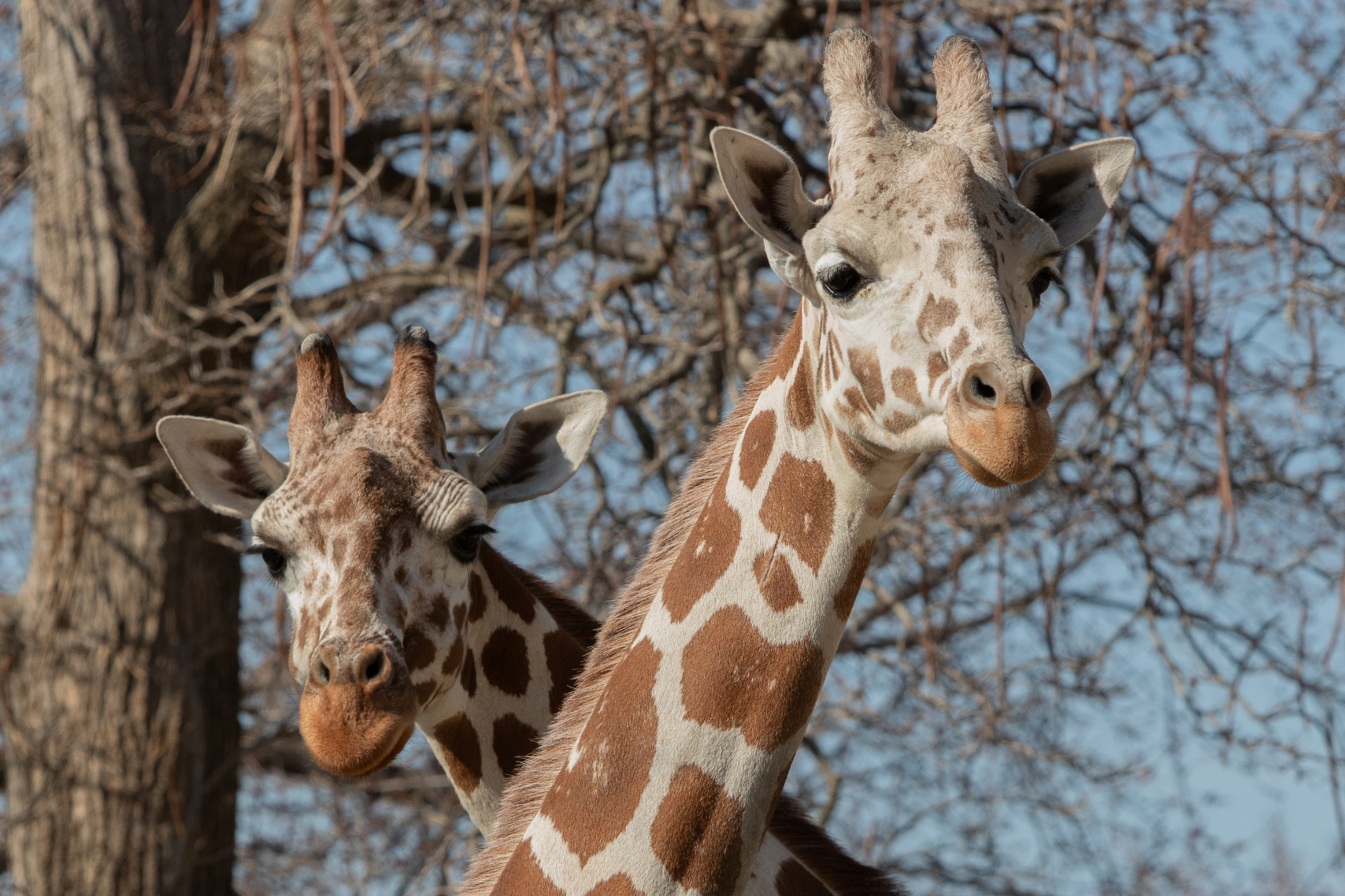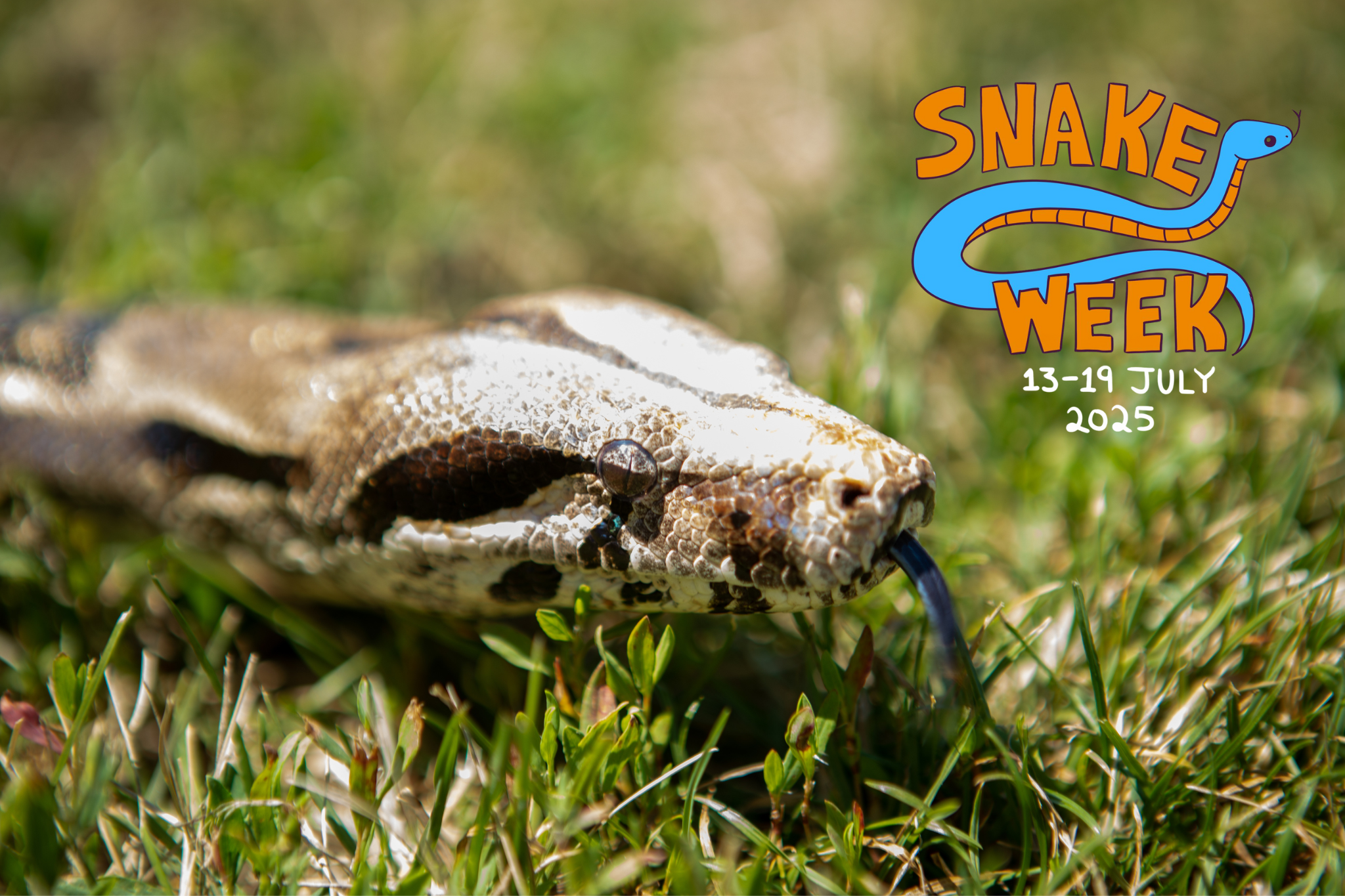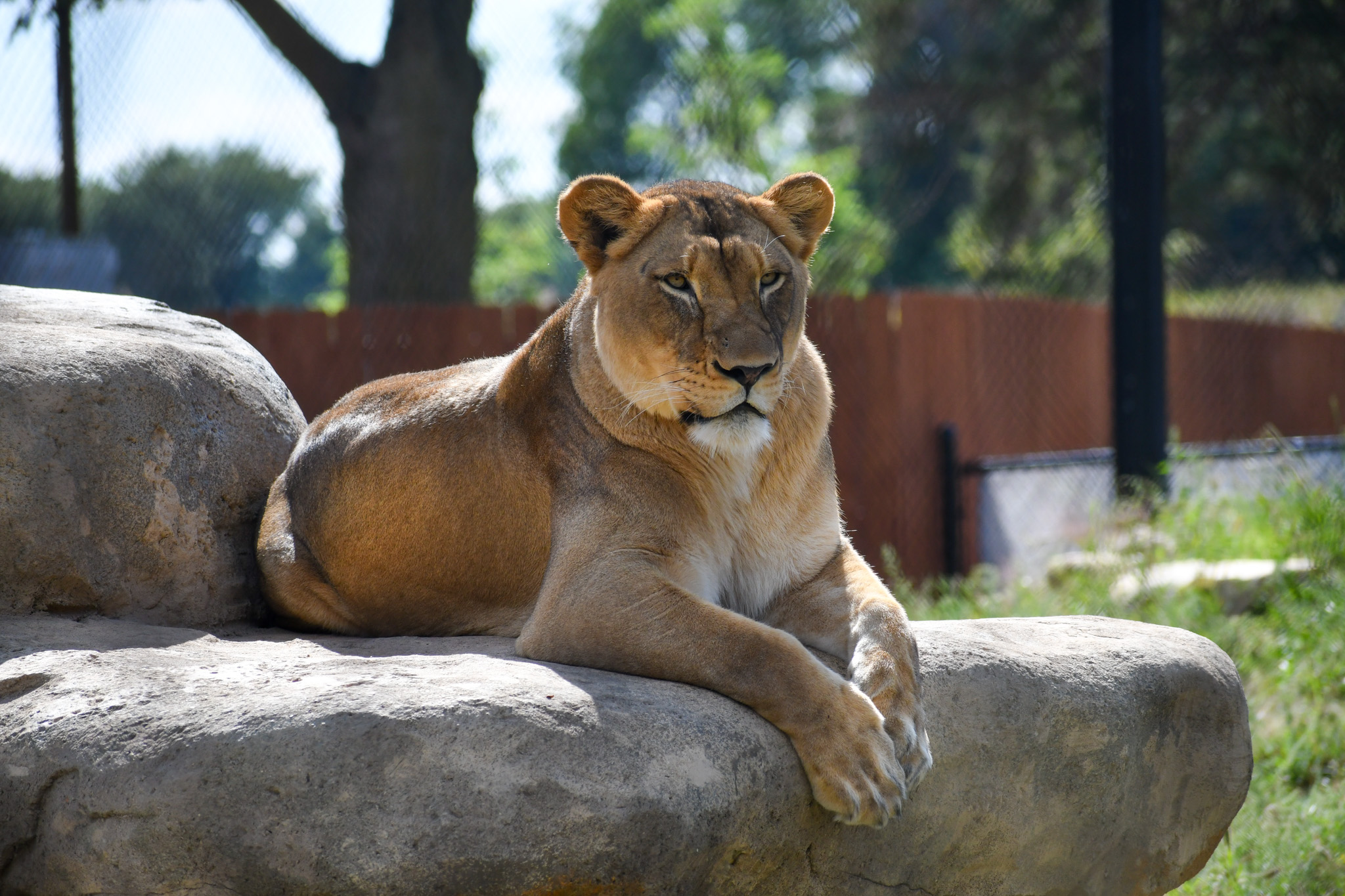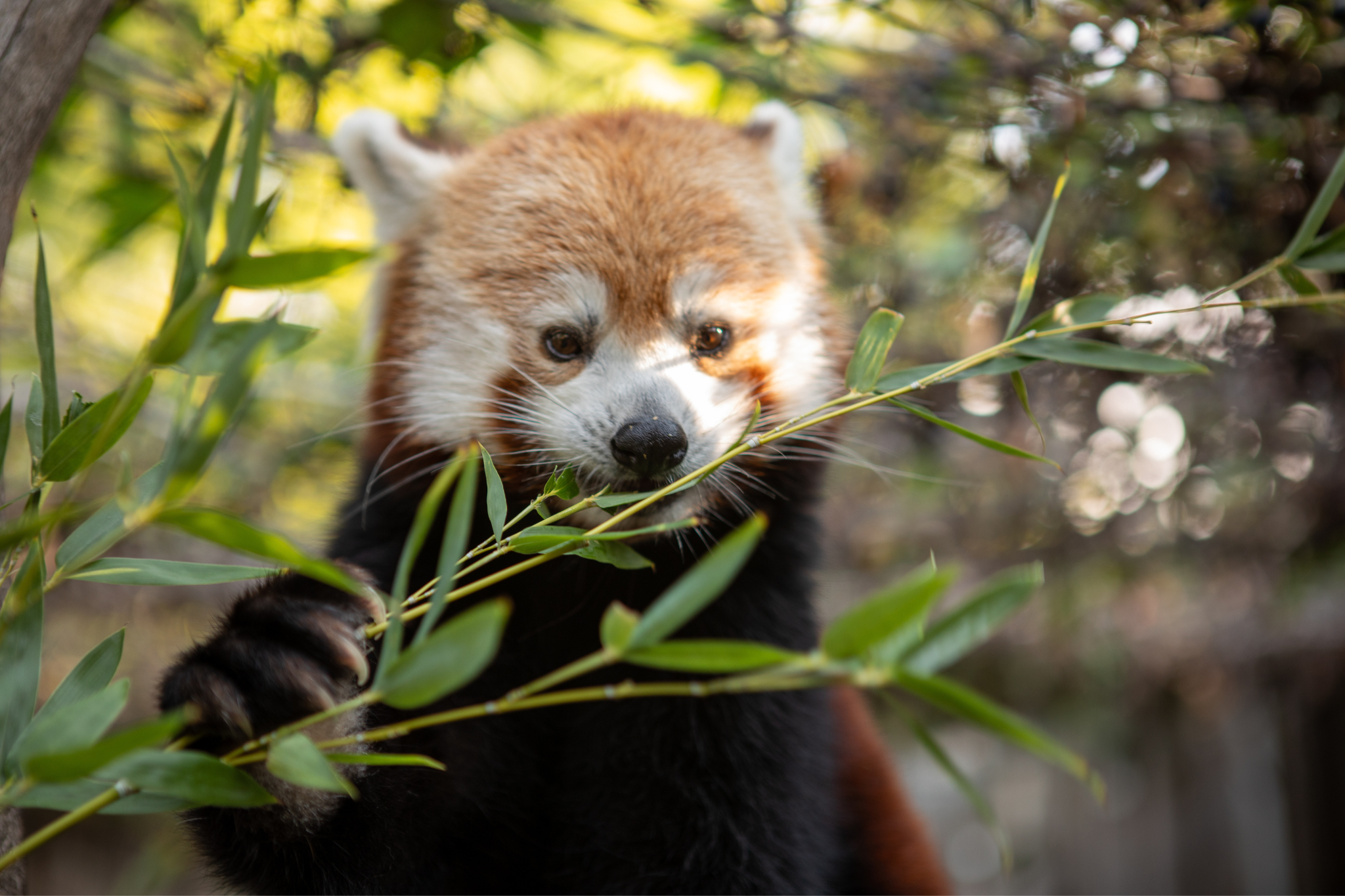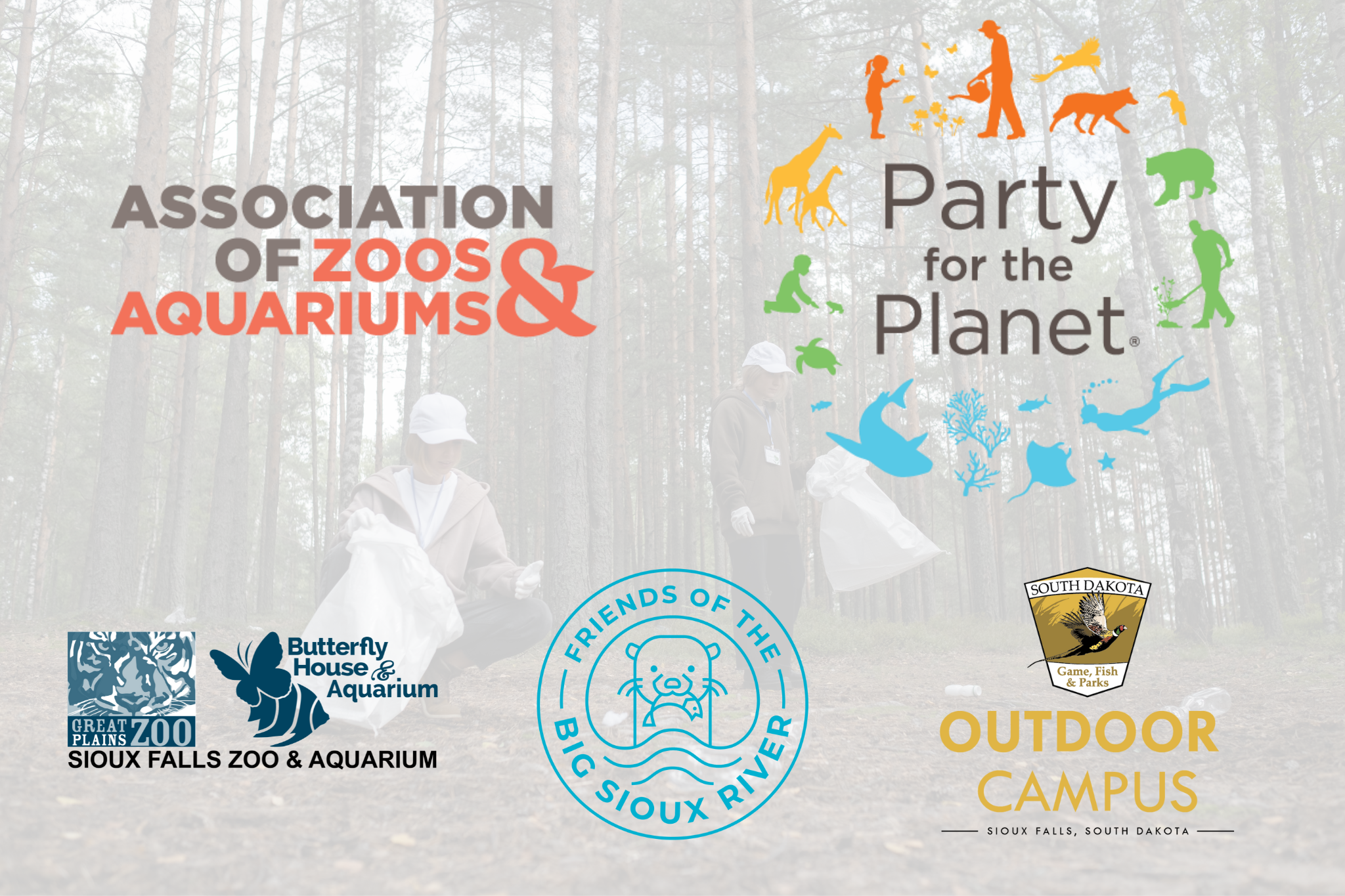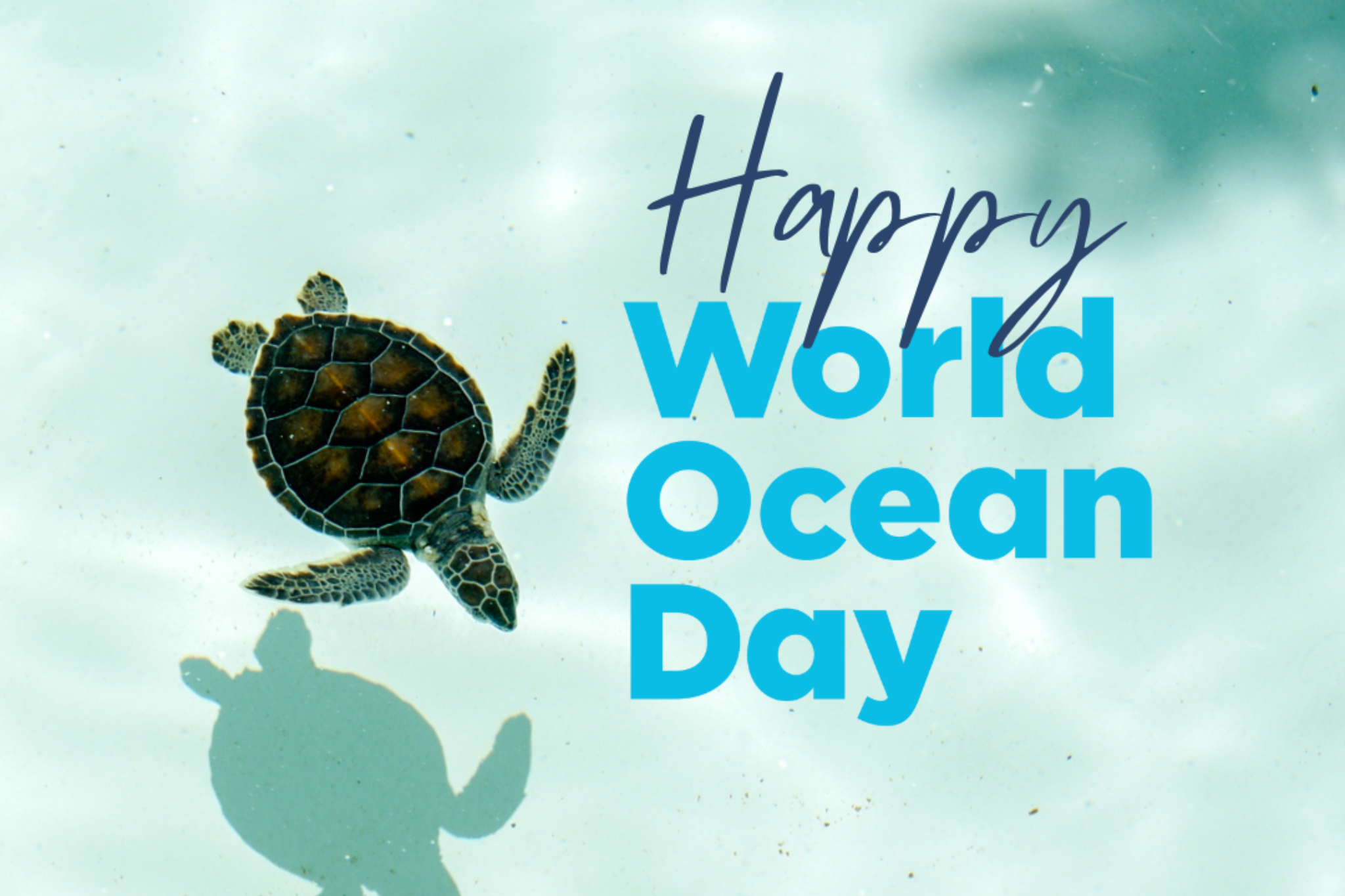Conservation
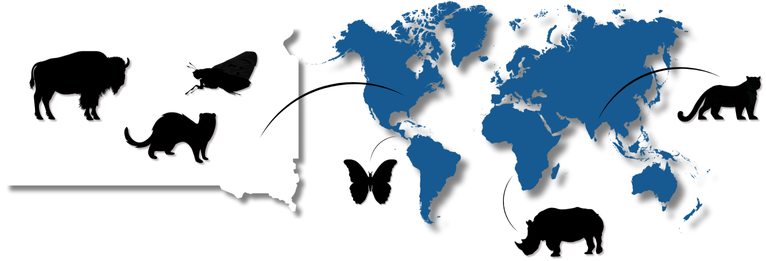
Working to Save Wildlife
Conservation is a cornerstone of the Sioux Falls Zoo & Aquarium’s (SFZA) mission. Alongside the Association of Zoos and Aquariums (AZA), we work to save animals from extinction every day.
SFZA takes a "many hands" approach to conservation field work, prioritizing projects where the efforts of our staff can make a measurable difference to the outcome of the project. This ensures that our work is meaningful to those that participate and the partners we support.
We support conservation work in South Dakota, and international projects that support the local people working to conserve their local wildlife and habitat. SFZA's conservation efforts are funded through donor gifts, visitor round-up donations, donation boxes, a dedicated percentage of admission, and unique gift shop items like our collector trading cards!
Learn a little bit about SFZA's conservation efforts below!
Black-footed
Ferret
Dakota
Skipper
Monarchs
& Native Pollinators
South Dakota
Habitats
Snow
Leopard
Black
Rhino
Seeds of Change
Butterflies
Butterfly
Farms
Coral
Propagation
Collector trading cards
NEW! Asha, our snow leopard cub now has her own card!
Collector cards are now available in Sioux Falls Zoo & Aquarium (SFZA) gift shops!
Proceeds benefit SFZA conservation programs - including black-footed ferret, bison, and native pollinators here in South Dakota and snow leopard, black rhino, and butterflies across the globe.
Grab a pack on your next visit and collect them all!
2025 Conservation Events
for the Planet
Species Day
World Ocean Day
World Pollinator Week
World Giraffe Day
World Snake Week
World Lion Day
Red Panda Day
AZA SAFE
The Sioux Falls Zoo & Aquarium (SFZA) is proud to be a member of multiple AZA SAFE (Saving Animals From Extinction) programs.
Saving Animals From Extinction (SAFE) utilizes the collective expertise within AZA-accredited zoos and aquariums to focus on conservation efforts for species in need. The SAFE framework builds on established recovery plans, prioritizes collaboration among AZA member institutions, and implements strategic conservation engagement activities. The goal of the program is to continually move the dial to save species in need.
SAFE aims to:
- Protect threatened animals
- Build on established recovery plans and history of commitment
- Prioritize collaboration among AZA institutions
- Implement strategic conservation and stakeholder engagement activities
- Measure and report on conservation progress
